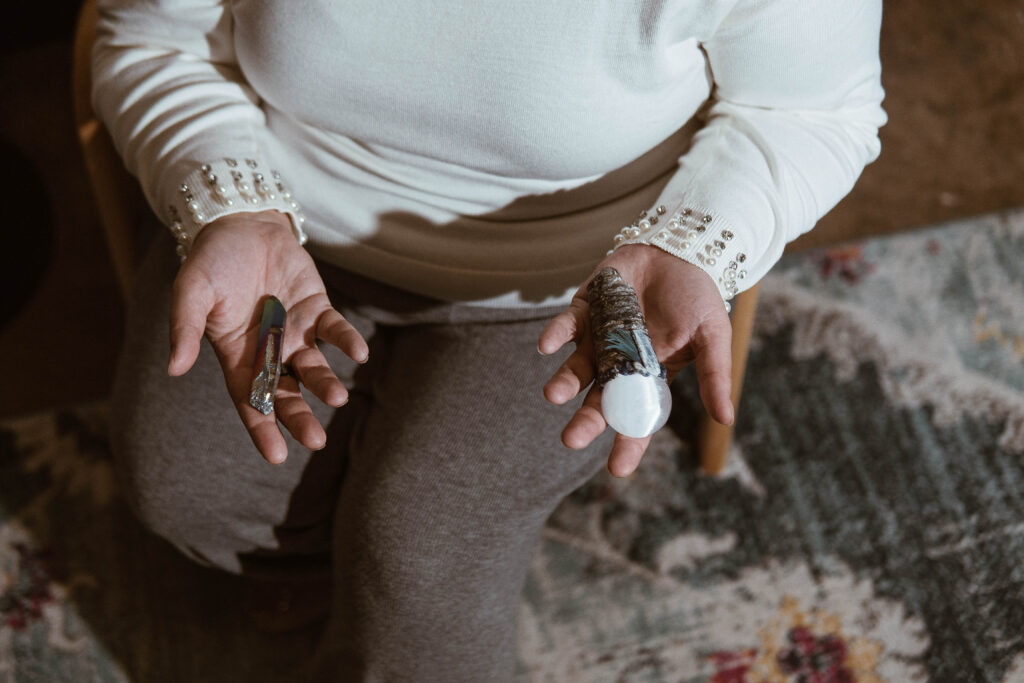Dear HRart Worker,
In a world often divided into givers and takers, the reality is far more nuanced. The labels of “giver” and “taker” don’t represent an either-or situation but rather exist on a spectrum where most of us fall somewhere in between.
Whether you lean toward giving or taking, true balance comes from understanding and embracing both dynamics in your life. This balance has become a pivotal lesson in my own life, one that I’m eager to share with you.
I hesitated to write about this topic because it might seem like one side is less desirable or valuable. And, as a natural giver, I’ve personally struggled with the idea of taking and finding balance. But a quote from Jean Oelwang in Partnering helped put this lesson into perspective:
“In his book Give and Take, Wharton professor Adam Grant showed that takers, who focus on self-interest, might win in the short term, but people tire of constantly giving to them. It is the givers, as long as they protect themselves from being exploited, who have better prospects for success and happiness in the long term.”
Here are four guideposts I’ve developed to help navigate the art of giving and taking, fostering a harmonious balance that energizes rather than depletes us.
Guidepost #1: Relationships
Our relationships often reveal the dynamics of giving and taking. It’s natural for givers to attract takers. However, in a healthy relationship, this dynamic isn’t one-sided. There’s a mutual exchange, where both parties contribute and receive in alignment.
Problems arise when this balance tips too far. A growing dissonance can leave the giver feeling exhausted and burdened, as their energy reserves are continually drained.
Call to Reflection:
- Take a moment to assess your closest relationships. Are they balanced in terms of giving and taking?
- Reflect on the past year: Are you experiencing disconnection or difficulty relating to certain people?
- Be honest with yourself about any imbalances and how they may be affecting you.
Guidepost #2: Reserves
The give-and-take balance extends beyond individual relationships to our overall energetic reserves. Healthy giving requires recognizing our limits. When we deplete our reserves, we’re sacrificing the energy needed for our own well-being and future challenges.
Our time is a significant contributor to this drain. With finite hours in the day, how we allocate our time can either deplete or sustain our energy.
Call to Reflection:
- Examine your calendar. Who or what is demanding your time, and at what energetic cost?
- Are you sacrificing your reserves for these demands without adequate replenishment?
- Consider how much time you’re leaving for yourself to restore and recharge. How long can you sustain this pace?
Guidepost #3: Resources
Physical resources are often viewed as limitations, and we get creative to work around them. But these workarounds can drain our energy further, adding strain to an already stretched schedule.
Reframing resources as boundaries can help us stay focused and present, embracing what’s in front of us rather than resisting limitations.
“Life is the dancer, and you are the dance. Don’t resist; let it flow.” — Eckhart Tolle
Call to Reflection:
- Are there resources you view as limitations in your life?
- Are your creative workarounds causing you to give more energy than necessary?
- What might you let go of to simplify your life and embrace a state of flow?
Guidepost #4: Ration
When managing our energy, we often prioritize one area of life—usually driven by passion or purpose—at the expense of others. This imbalance leads to emotional guilt and inner turmoil.
Achieving true balance means rationing energy across all important areas, even if it means starting small and building over time.
Call to Reflection:
- Where are you investing most of your energy right now?
- What’s being neglected, and how does that make you feel?
- What steps can you take to consistently give energy to these neglected areas, even if it’s just once a month?
The Impact of Evaluating Balance
This past year, I reflected deeply on my own energy and the HRart Center’s mission. While this work is my passion, I’ve realized that I need to practice what I preach. Letting go of our building on North George Street in York was a difficult but necessary decision to protect my energy.
Although it was bittersweet, this choice opened up new possibilities for our future. I’m excited to share that we’ll be moving to a space that aligns perfectly with our next phase, and I can’t wait to reveal more soon.
As we continue on this journey, remember that embracing the give and take can lead to profound growth and transformation.
Sincerely,
Samm (she/her/hers)


